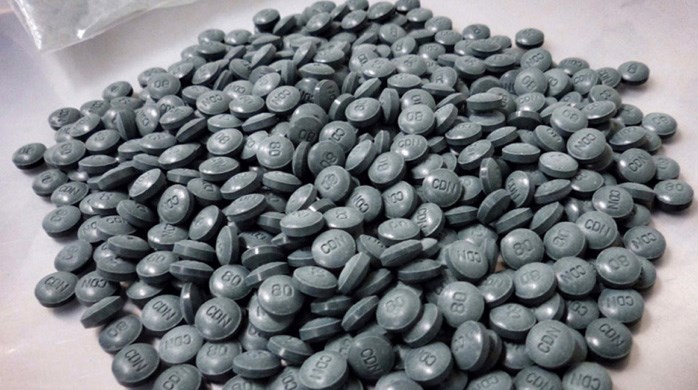The news that the B.C. College of Physicians and Surgeons is taking steps to reduce the over-prescription of strong painkillers and sedatives is extremely good news.
While the path from taking prescribed medication to becoming an illicit drug user isn't always straight, experts have determined there is a strong link between over-prescription, misuse and overdose deaths.
Indeed, Canada has one of the highest rates of of opioid consumption, such as oxycodone, among developed countries and B.C. physicians prescribe double the amount of opioid medications compared to Quebec — the lowest dispensing province. At the same time, drug overdose deaths have been declared a health emergency in B.C.
Now, thanks to new rules announced June 1, B.C. doctors must have documented discussions with patients about safer pain treatments, take care not to prescribe opioid pain medication and sedatives — a deadly combination — while while also prescribing lower doses.
Could more be done? Yes. Doctors are now supposed to use PharmaNet to review patient history and avoid duplicating prescriptions from other physicians. They must also do more to follow up with patients, including routine urine testing.
True, B.C.'s criminal element must take some of the blame for the high number of drug deaths. For the sake of profit, street sellers of prescription drugs have been making fentanyl pills out of medication for cancer patients and distributing them as fake OxyContin while another potent drug, W18, originally created in Alberta but now thought to be coming from China, is beginning to surface in the drug trade.
Health authorities across Canada are warning people to be aware of what they are taking, and Naloxone that reverses the effects of opioid medication is being widely distributed among caregivers.
So what's next? Could the pharmaceutical industry play more of a role?
What if doctors erred on the side of caution and stopped prescribing these medications except in special circumstances, such as relief from cancer pain? Would the drug industry be forced to look at non-addicting, safe and effective alternatives?
In the meantime, it's good to see that doctors are doing what they can to cut down on over prescription of these potentially dangerous drugs.



